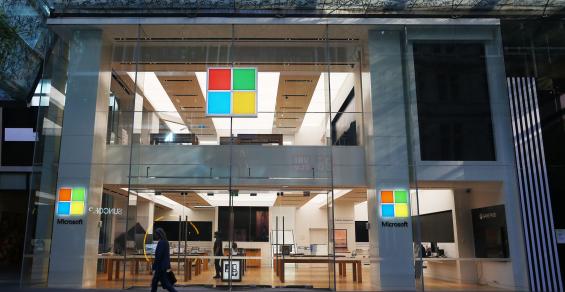The iPhone 5 arrived at last yesterday, with both a bang and a whimper.
There will absolutely be lines of expectant buyers streaming into Apple Stores come September 21. The Apple fan boys will certainly be there. As will those with older iPhones that are just barely hanging on. In fact, I think I heard the phrase “my iPhone is on its last legs, but I’m holding out until the iPhone 5 comes out” freakishly often over the summer (second only to the lyrics of “Call Me Maybe”).
So, Apple’s sales will very likely be huge, even if it might be overstating things to say it will move the U.S. GDP by half a point.
But has the old Apple spoiled us? Does the newest phone live up to their sky-high expectations? In some quarters, including here at Framehawk, the answer seems to be no.
The screen is slightly bigger. The phone’s slightly thinner and lighter. Siri’s smarter. But there was no “one more thing” to blow the socks off the industry. The big moves – the initial iPhone, the initial iPad – have been made.
Peter Badger, our CEO here at Framehawk (and author of the comments on the photo posted here), felt the iPhone 5 was a little bit of a let down. After looking at the screen size change, his first comment was, “That’s it?”
 Matt Eastwood, analyst at IDC, tapped into that feeling on Twitter: “I read more than a few live event blogs that were openly bored by today’s Apple announcement. Guess smartphones aren’t new and cool anymore.” Or maybe the problem was what he wrote later: “the bar has been set pretty high.”
Matt Eastwood, analyst at IDC, tapped into that feeling on Twitter: “I read more than a few live event blogs that were openly bored by today’s Apple announcement. Guess smartphones aren’t new and cool anymore.” Or maybe the problem was what he wrote later: “the bar has been set pretty high.”
Eastwood had an interesting insight in a Twitter conversation with me and Gordon Haff: “The good enough days for smartphones and tablets aren’t too far ahead of where we are now.”
To me, it feels like the iPhone 5 launch is telling us that we’ve left the realm of disruptive innovation for mobile devices. Now it’s about smaller modifications to the form factors. It’s about incremental innovation.
That doesn’t mean that these devices won’t continue to have profound effects on the IT market. Tablets, driven by the iPad, are changing the way laptop makers are thinking about what goes into a laptop. And, they are changing the way employees and IT are thinking about application access and daily productivity.
So, the iPhone 5 made a splash, but it might only represent a ripple in the grand scheme of things. Of course, maybe this is what mainstream adoption feels like.
This post also appears on the Framehawk blog.
This post also appears on the Framehawk blog.







